Caramelo - Plot
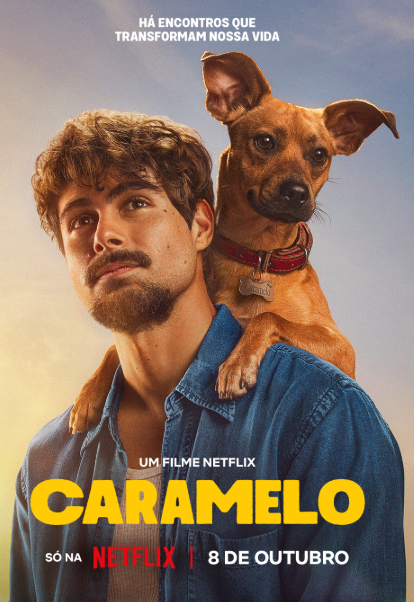
Caramelo (2025), directed by Diego Freitas, was released on Netflix on October 9th, 2025. It soon became one of the most popular movies on the platform as of late, not only in Brazil but also internationally.
Produced by Midgal Filmes in partnership with Netflix, Caramelo is a simple story full of compassion. It stars Rafael Vitti (Pedro), Amendoim (Caramelo), Arianne Botelho, Noemia Oliveira, and many others. The script was written by Diego Freitas himself, Rod Azevedo, and Vitor Brandt.
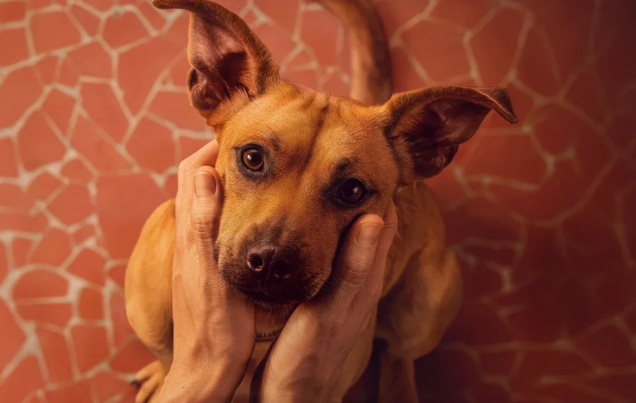
The actual plot follows Pedro (Rafael Vitti), a young sous chef who dreams of leading his own kitchen. But when his dream is finally coming true, a medical diagnosis unravels his plans and forces him to face his own vulnerability.
Amidst all of this emotional turmoil, he meets Caramelo, a golden mutt played by the charismatic Amendoim. This unlikely meeting of souls changes the course of Pedro's life, and Caramelo becomes a symbol of strength, love, and new beginnings.
Caramelo quickly became a favorite among audiences and is already one of the most popular movies on Netflix, both nationally and internationally. It was well-received by most viewers, who praised the chemistry between Pedro and Caramelo and were touched by the story.
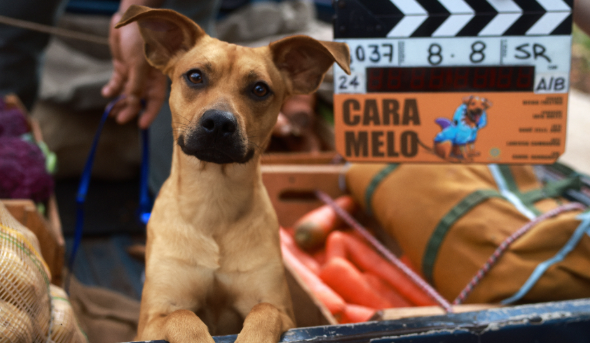
Professional critics also gave it favorable reviews: Common Sense Media, for instance, stated Caramelo is an intense, emotional drama that explores strong themes, such as cancer and the dangers stray animals face for living on the streets.
Meanwhile, Rotten Tomatoes, just like other media, highlights Caramelo as a "heartbreaking" and quite emotional tale, naming it a slightly dramatic "feel-good" flick.
Other reviews praised its simplicity. It is not too grand or ambitious, but it works really well as an honest movie centered around the love bonds we develop with our pets.
The Brazilian Mutt
In Brazil, the word "mutt" was, for a long time, used pejoratively.
The original expression, "vira-lata", roughly translates to "someone who goes through garbage" and was mainly used to refer to people who don't have a goal in life. Like stray pets that don't have a future, status, or pedigree. People in the lowest social classes.
The expression "vira-lata syndrome", then, refers to how some Brazilians prefer to consume imported goods and consider them superior to national goods. Like stray dogs that live off other people's leftovers.
In urban culture, "vira-latas" represented general disarray, poverty, and life without purpose.
On the other side, the expression "caramel vira-lata", in Brazilian culture, refers to mixed-breed dogs with golden or yellow fur. They seem to be everywhere in Brazil: every corner, square, gas station, in the front yards of simple homes, or sleeping under the midday sun. This type of dog is a reference to multiple generations all around the country. Most Brazilians have had this dog as their family pet or at least have seen them and their friendly gaze, tongue sticking out, and ears up, alert.
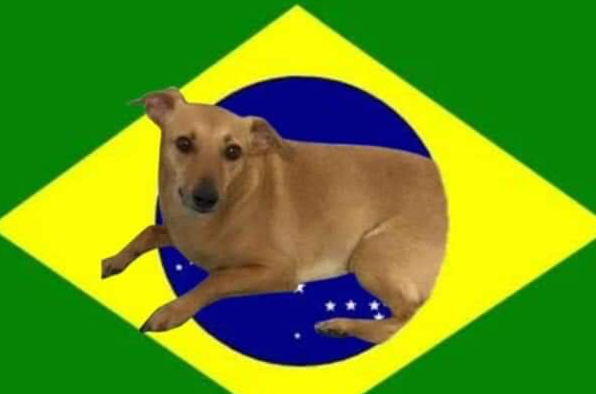
This dog and its common appearance recently became the national mascot, as it is a symbol of everyday Brazil, not the Brazil that is marketed, polished, and sold internationally. The "vira-lata caramelo" was not bred deliberately; it is the result of all the dog breeds on the streets cohabiting spontaneously, of the blend that makes Brazil what it is, a mosaic of different backgrounds.
So, in the digital age, caramel-colored dogs soon conquered social media, and nowadays they're a worldwide meme. Their ascension on social media started around 2019, and they soon became a "universal symbol" for Brazil.
Caramel mutts are no longer generic dogs. They are now a common character for Brazilians, as much a part of the culture as Christ the Redeemer or Brazilian coffee.
They started showing up in memes, adoption campaigns, and even symbolic protests. It actually became common to hear "These dogs represent Brazil more than soccer or samba" all over the internet. Caramel mutts are now a living metaphor for the Brazilian people: mixed-breed, smart, resilient, and incredibly sociable.
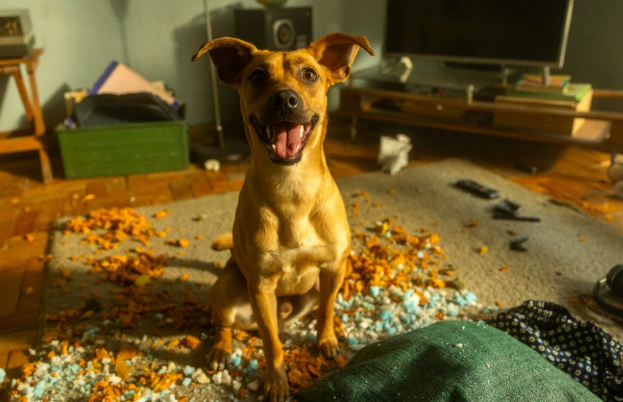
The online database KnowYourMeme now states caramel mutts are one of the most iconic Latin American memes and highlights how the expression "vira-lata" now carries a sense of belonging and connection. Meanwhile, AP News has approached this phenomenon from an anthropological point of view: this stray dog became the symbol of a country that finds beauty in 'making up as you go along' and strength in fragility.
Caramel mixed-breed dogs, this ever-common stray furface, unknowingly became an allegory for an entire country.
The Brazilian People and the "Vira-Lata"
Maybe one of the reasons why Brazil loves "caramelos" so much is the fact that this stray dog, the result of a no-name mother and a generic father, so easily represents the entire country. Everything, from how it survives to how no one wants it yet everyone knows it, represents Brazil.
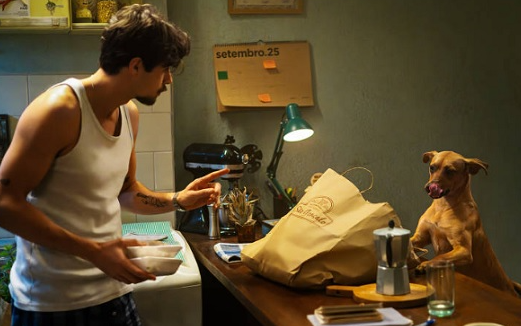
Caramelos are a living allegory of what it means to be Brazilian at its core: being adaptable, resilient, generous, and an underdog above all else.
The parallel between this dog and the Brazilian people is born from how Brazil manages to symbolically recognize itself in imperfection and see beauty and/or use in something the rest of the world would discard.
The Juxtaposition Between What's Real and What's Not
In the real world, caramelos are stray, mixed-breed street dogs that don't have a tutor or privileges like shelter, food, or water.
Symbolically, they represent the average Brazilian person, the ordinary citizen who faces the day with whatever they have to work with, and not with what they would like to have. Both share the same grounds: the day-to-day struggle to survive, the streets, the impromptu measures, and the creative solutions in the face of scarcity.
The "caramelo", just like the average Brazilian, wasn't born for comfort but for adapting to whatever it gets.
Being an Outcast is Part of Our Identity
For decades, "vira-lata", or "mutt", was an insult. In casual speech, it referred to something tainted, mixed, or inferior to whatever was imported from Europe and had a "pedigree", an idea inherited from the country's colonial past. But Brazil, in some ways, is quite talented in alchemy: it sees in scarcity an opportunity for innovation.
With time, caramel mutts went from abandoned pets to a symbol of belonging, an idol for everyone who has ever felt discarded. The same happened with the Brazilian people, who learned to laugh in the face of tragedy, to create art from chaos, and weave music from pain.
This symbolic turn of events turned the "caramelo" into a mirror. It reflects how the nation mastered how to turn stigma into style.

The Ethics Behind "Making it Up as You Go Along"
Caramelos don't follow the rules; they carve a path. They find out where to sleep, who to trust, and where to get food day after day.
This quick-thinking logic, as Brazilian as the caramelo, is what moves them both. It is the same logic that originated carnival, samba, Brazilian workarounds, and the Brazilian style for everything, that is, the art of solving the unsolvable with creativity and humor.
The "vira-lata caramelo" represents this idea of not having everything planned out but always figuring it out. And this often saves us.
Valuing the Simple Things in Life
While the world values exotic, luxurious lifestyles, the caramel mutt reminds us of how valuable simple life is. It doesn't wear an imported, diamond-studded collar and doesn't show up in ads, but it is everywhere.
In that same way, the Brazilian people recognize themselves in the small things. In the traditional way to brew coffee, with a paper filter, in talking in a circle and giving each other tight hugs. The caramelo is an anti-character that brings us closer to humanity, a sort of reminder that the essential things in life never had or needed pedigree to be valuable.
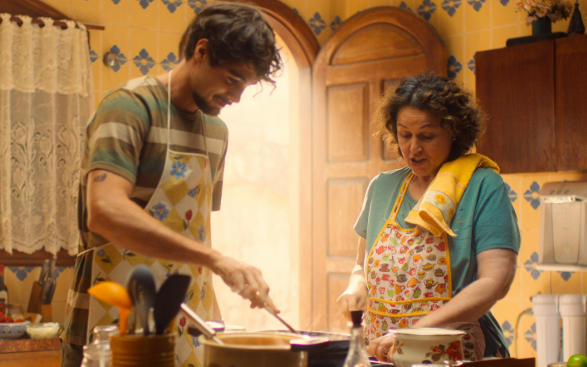
Your Emotions are Powerful
In Brazil, the heart and the brain always go hand in hand. The Brazilian people let their hearts speak before they listen to their brains and react emotionally before anything else, and the caramel mutt is a great representation of that.
It is pure emotion, instinctive compassion, and blind loyalty. It is the symbol of unguarded tenderness and spontaneous empathy. It is the same impulse that makes Brazilian people help someone they don't know, cry while watching soaps, and laugh at themselves in the middle of a crisis.
The Cultural Mirror
The "caramelo" doesn't belong to anyone, and maybe for that reason, it belongs to everyone.
It is a shared symbol, an identity the richest and poorest, the most southern and most northern, and the most urban and most rural can relate to. This archetype goes beyond class and ideology: it is an ordinary pet that became the symbol of that which unites us all.
When Brazil sees itself in this dog, it's not just because of empathy. The Brazilian people actually relate to it.
For them, it was like looking in a mirror and seeing in that golden fur the reflection of an entire nation trying to carry on, no matter how tired, confused, and anxious they are. They are still alive, after all.
Drawing parallels between the caramel-colored mutt and the Brazilian spirit means recognizing that our national identity isn't tied to grand victories but the smallest acts of resistance. The "caramelo" represents the Brazilians that survive, reinvent themselves, and find joy even on rainy days.
It represents, at the same time, our neediness and our charm, a symbol of our tragedies and why we laugh.
And this movie has certainly conquered the hearts of Brazilian audiences. It is now conquering the rest of the world precisely because so many automatically identify with the "caramelo" and because some just find it irresistibly charming.
Unraveling Caramelo, the Movie
This movie is a lot of fun. It will definitely make you relate to this character and break your heart as you follow its journey, but, of course, it got some things right and other things wrong, despite everything.
Let's go through the movie so you can see exactly what you're getting into when you click on it.
Strengths
Amendoim's Undeniable Charisma - The Dog That Plays Caramelo
This movie is definitely a triumph for all dogs. Amendoim doesn't act; he simply exists on screen with such a natural humanity that he makes us forget he is an animal.
His looks, expressions... You can't help but fall for Caramelo's dark gaze. Seriously, he is the best actor in the entire movie!
Photography and Emotional Atmosphere
The warm palette, the afternoon shades, the natural light—it all interacts with the symbology behind the "vira-lata caramelo". It all calls back to the color of its fur and Brazil's day-to-day life.
The director, Diego Freitas, made this movie pleasant and intimate, visually speaking. The scenes in the protagonist's backyard, kitchen, and the main streets feel alive. Visually, it is a very welcoming movie.

The Script Combines Hurt and Comfort
The actual script might not be revolutionary, but it sets the right tone for the movie in terms of emotion. This movie isn't dramatic just for the sake of being dramatic, but it also doesn't normalize or minimize the painful parts of the story. It includes simple yet universal lessons: friendship, saying goodbyes, and new beginnings, all covered with a lot of care.
Brazil's Cultural Identity
Caramelo, the movie, is a love letter to real-life Brazil. To all the music, accents, simple homes, and delicious food in every Brazilian mother's kitchen.
It isn't too glamorous, and that's beautiful. It shows to the audience that the ordinary can be poetic and that a stray dog could be the reason why someone carries on for another day.

Weaknesses
Irregular Pacing and Too Many Plotlines
At certain moments, the movie seems to hesitate between the drama in the human characters' lives, light comedy, and resolving the main challenges.
Some subplots, like Pedro's professional life and its challenges or the issue regarding the dog shelter, were a bit rushed and didn't carry enough weight to justify the screen time they got. The dog shelter thing, by the way, wasn't necessary, and they could have used the food truck business for another purpose.
Repetitive Soundtrack
The musical score is beautiful, but one of the songs plays several times, and this becomes a bit tiring down the line.
In some scenes, silence would speak louder than music, and that definitely seemed like a weak spot for the movie.
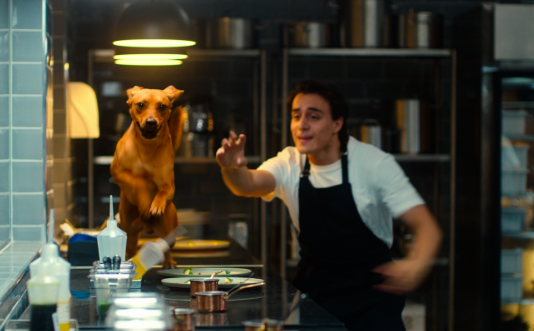
Acting
While Vitti and Amendoim definitely carry the movie forward, some of the other cast members sound artificial, particularly in the comedy or dramatic scenes.
This is a stark contrast to the natural tone the protagonist leans on, so it breaks immersion for the viewer.
Is It Worth a Watch?
Caramelo is a gentle movie that smells like Brazilian cheese bread and coffee on a rainy afternoon.
It hugs you, and it feels like home because you see yourself in the screen, either as a Brazilian person who specializes in caramel mutts or as a pet owner who just loves their pet so much.

It is the type of movie Brazil needed, even if we didn't realize it, as it doesn't cover (again!) how the dictatorship was bad (yes, we know that), the war on drugs and the cartels, or the favelas. Brazil has a lot more to offer than that.
It doesn't reinvent the wheel, and it doesn't need to. Its strength is its honest simplicity: a man, a dog, and the world that carries on around them. It was made not to teach us something new or lean on the same things that are always presented as part of Brazilian culture, but to remind us of what we are: "vira-latas caramelo" just surviving, loving each other, and dancing amidst the wreckage.
If you see yourself like that and want to feel that hug, then get your popcorn and press play.
Have you watched it? Tell me, did you laugh, cry, or also fall in love with this dog?
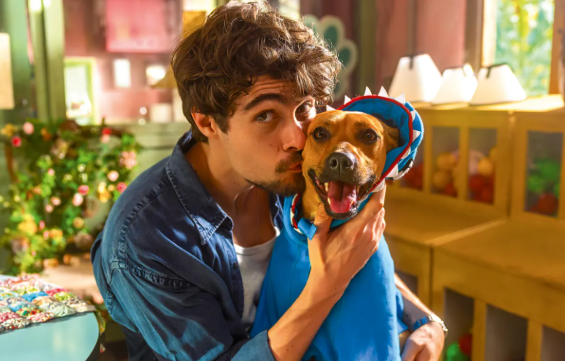
Thank you for reading, and see you next time!












— Комментарии 0
, Реакции 1
Прокомментируйте первым